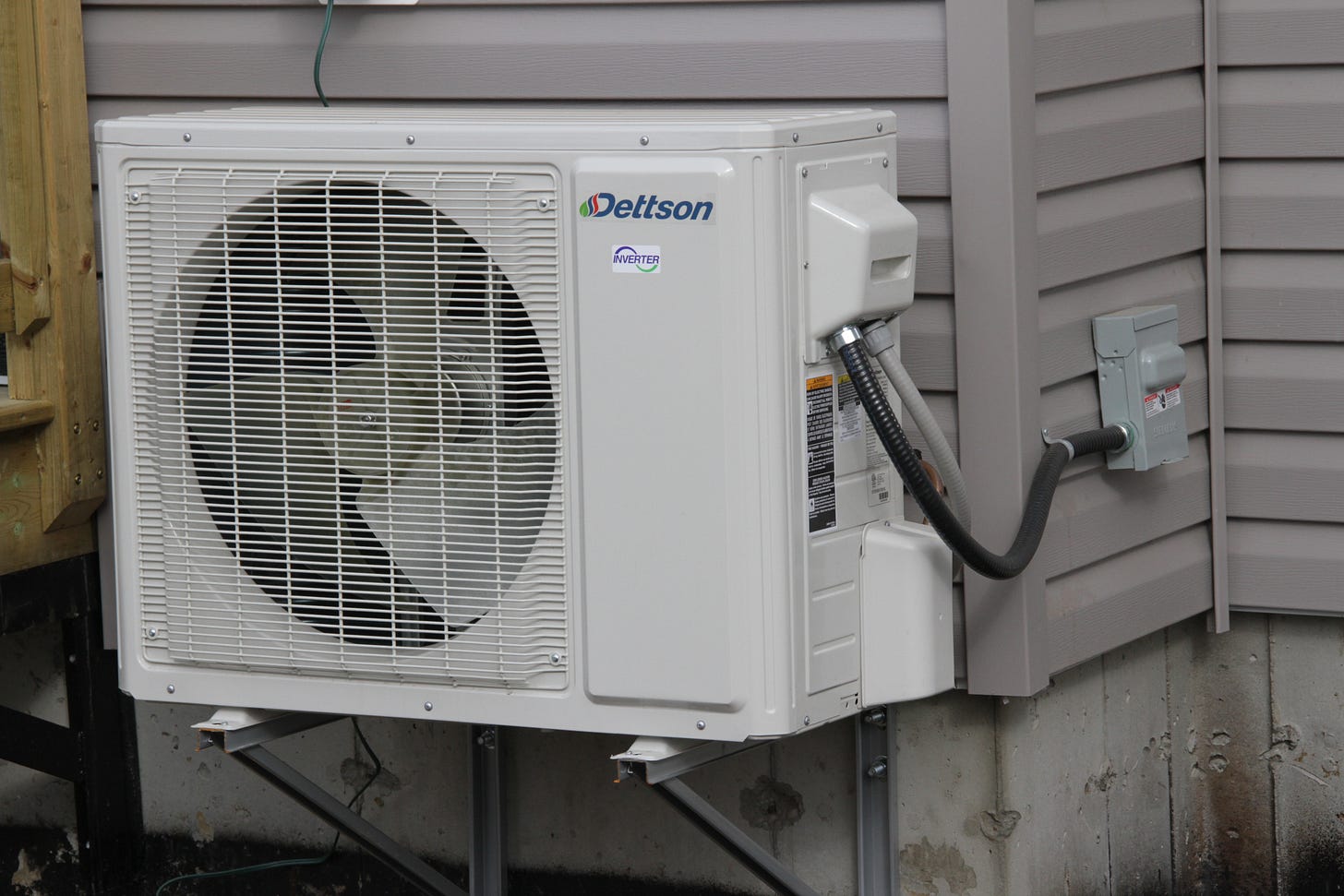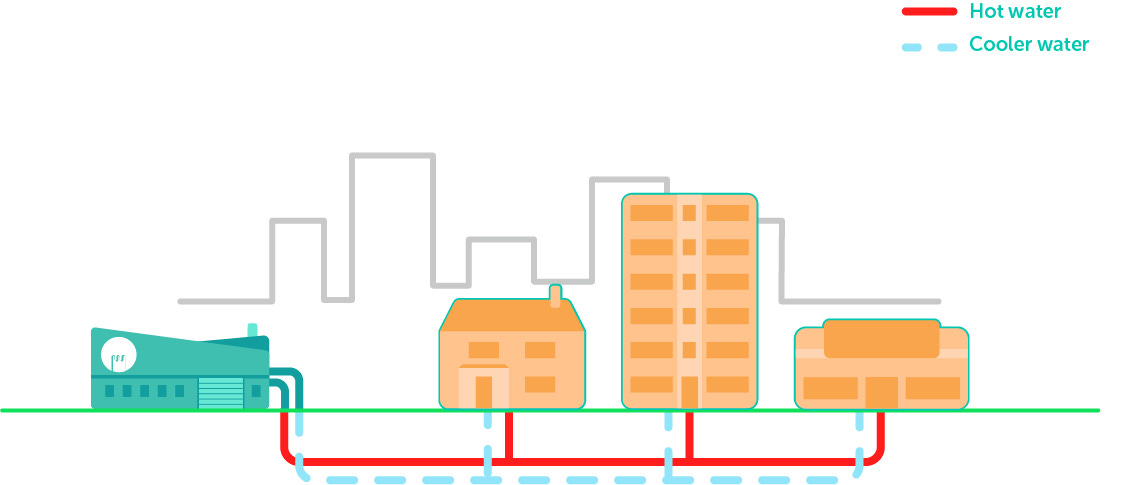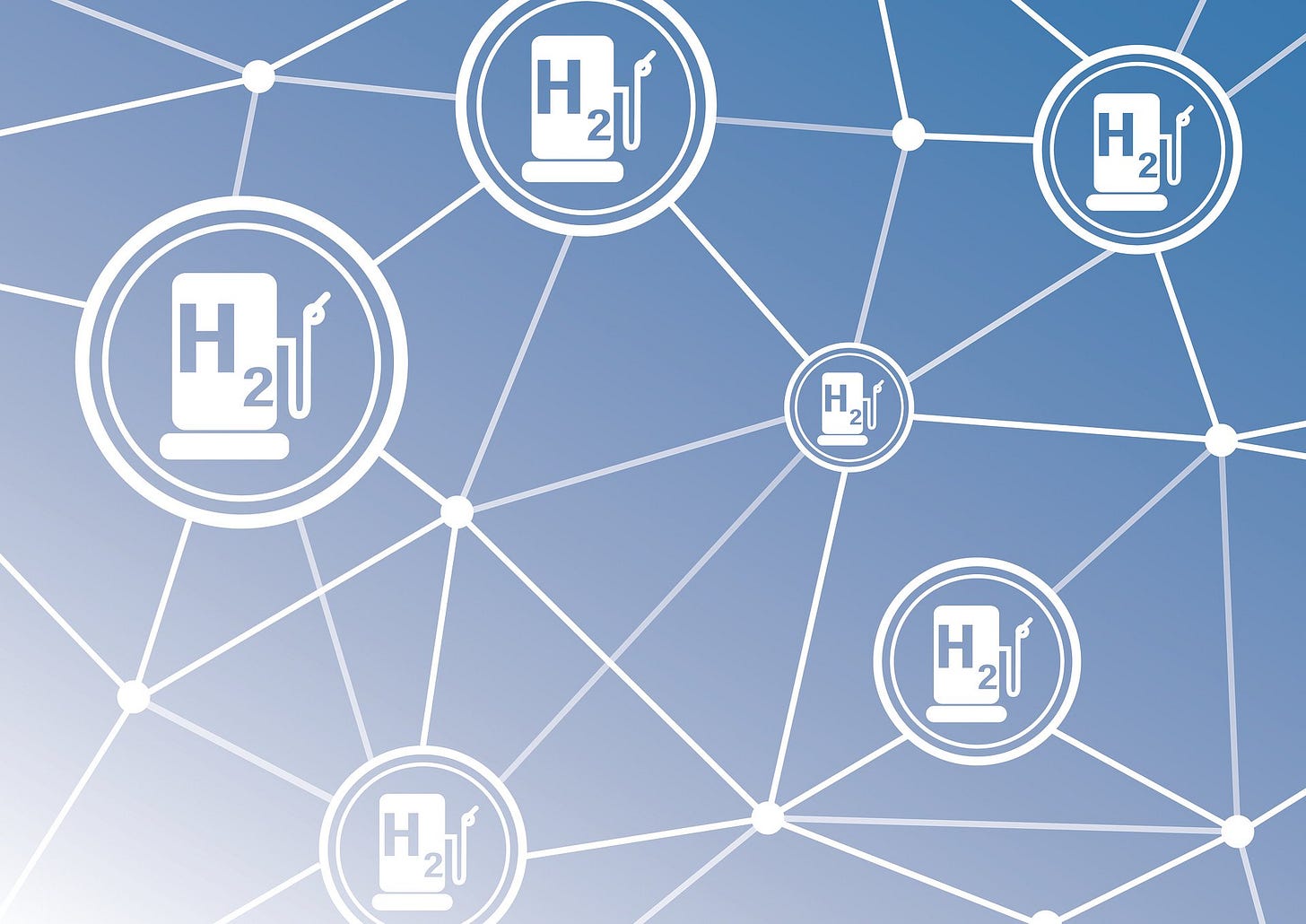This is what eco-friendly heating looks like
We're feeling the fallout of a natural gas shortage right now. It's a good time to list some low-carbon heating options.
Over 90% of homes in the UK are heated in the traditional way – with a gas boiler. But as supplies lessen and prices rise accordingly, there are fears that heating our homes will be more fraught than usual this winter. One thing that’s for sure: the gas crisis has highlighted the importance of a seamless transition from fossil fuels to green heating.
It has also given us an opportunity to look beyond boilers and their various discontents. In the future, it’s likely societies will get heat from a combination (to meet the needs of different properties and communities) of these three primary sources – with a few other options, like biomass boilers.
Heat pumps

A heat pump extracts heat from outside your home – in the air or ground. By harnessing the technology that makes fridges work, but in reverse, it increases the temperature of this heat and then transfers it into your home.
Heat pumps are green because they don’t require fuel – just a small amount of electricity. They are also safer and cheaper to run and maintain than gas boilers. However, they can be difficult (you need to understand a lot about your home’s surroundings) and costly to install.
Heat networks

Heat networks are useful in more urban spaces. A heat network takes heat from one source, and supplies it to buildings in the surrounding area. Alongside standard heat generators, they can utilise waste heat from industry, mines, the Underground and even sewage systems.
The right kinds of heat networks can be very low-carbon. There are currently 14,000 heat networks in the UK, and the government has just announced a £270 million Green Heat Network Fund – only accepting applications from low-carbon sources. However, there aren’t yet sufficient protections and options in place for consumers using heat networks.
Heating by hydrogen

Another option is simply changing the gas we use in our boilers, eliminating the need to strip out the infrastructure we already have. This is obviously less costly, and less effort, for the consumer.
Burning hydrogen doesn’t produce any carbon dioxide, but – at the moment – producing it in the first place does. There’s still a long and expensive way to go before we have a ready supply of green hydrogen that can be used to heat homes. At the moment, the plan is for low carbon gas (hydrogen and also biomethane) to meet circa 13% of domestic heating demand in the UK.
Florence Wildblood is the editor of Ours to Save.


